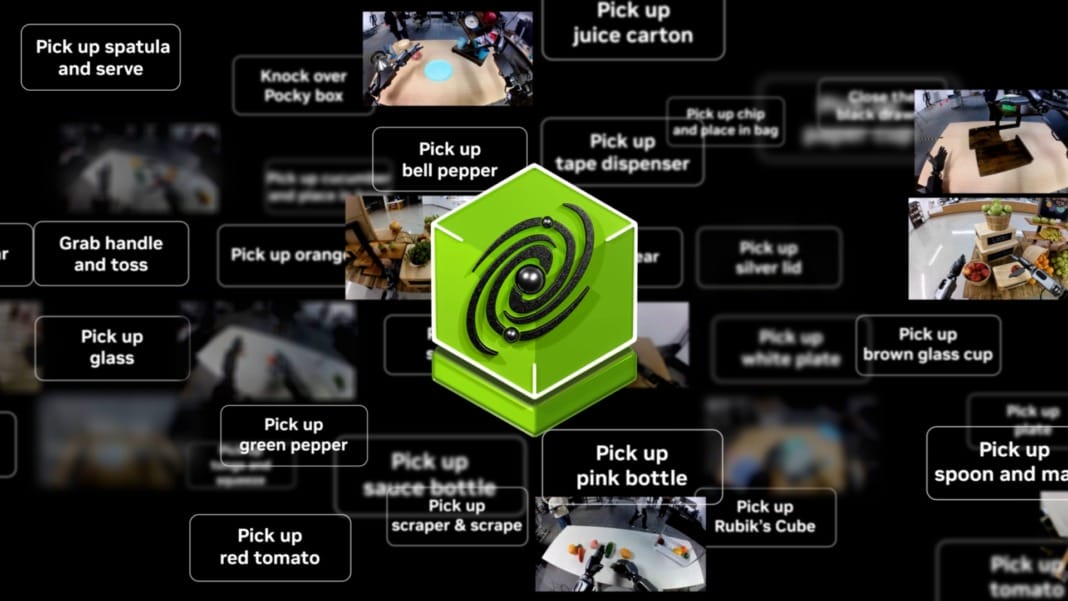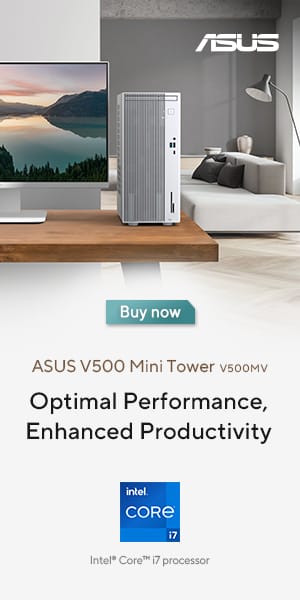NVIDIA has introduced major updates to its Isaac platform, aiming to accelerate the development and deployment of humanoid robots through advanced cloud-to-robot computing technologies. The new releases include Isaac GR00T N1.5, a refined foundation model for robot reasoning and skills; Isaac GR00T-Dreams, a data generation blueprint; and enhanced simulation tools, all designed to help robotics developers overcome the challenges of data collection, training, and model performance.
These announcements were made during Jensen Huang’s keynote at COMPUTEX on 18 May, where he emphasised the transformative potential of robotics and physical AI. “Physical AI and robotics will bring about the next industrial revolution,” said Huang. “From AI brains for robots to simulated worlds to practise in or AI supercomputers for training foundation models, NVIDIA provides building blocks for every stage of the robotics development journey.”
Data generation and model training see significant advances
A key highlight was Isaac GR00T-Dreams, a blueprint that generates synthetic motion data—known as neural trajectories—used to train robots to perform tasks in new and changing environments. Developers begin by post-training Cosmos Predict world foundation models (WFMs), and then use a single image as input. GR00T-Dreams creates videos of the robot completing tasks, extracts action tokens from these, and uses them to train the robot.
This complements the GR00T-Mimic blueprint, which debuted at the NVIDIA GTC conference in March. While GR00T-Mimic augments existing data using platforms like NVIDIA Omniverse and Cosmos, GR00T-Dreams focuses on creating entirely new data from scratch using Cosmos.
Using GR00T-Dreams, NVIDIA researchers produced synthetic training data to develop the updated GR00T N1.5 model in just 36 hours—compared to the months it would typically take using manual human data collection. GR00T N1.5 improves a robot’s ability to adapt to new environments, understand user instructions, and handle tasks such as sorting and object placement more accurately.
Companies already adopting the GR00T N models include AeiRobot, Foxlink, Lightwheel and NEURA Robotics. AeiRobot uses the model in its ALICE4 system to carry out advanced pick-and-place operations based on natural language instructions. Foxlink applies it to enhance flexibility in industrial robot arms, Lightwheel uses it to validate synthetic data for faster deployment, and NEURA Robotics is testing the model for smart home automation systems.
New tools boost simulation and robot training workflows
To tackle the high cost and complexity of collecting training data in physical environments, NVIDIA introduced several simulation-based frameworks and datasets. These include Cosmos Reason, a new WFM that applies chain-of-thought reasoning to improve synthetic data quality, and Cosmos Predict 2, which offers better world generation and less hallucination. Both will be available on Hugging Face.
NVIDIA also released updates to its GR00T-Mimic blueprint, which can now produce large quantities of synthetic motion trajectories from a small number of human demonstrations. An open-source dataset featuring 24,000 high-quality humanoid robot motion trajectories used to train GR00T models has also been shared.
Further support comes from Isaac Sim 5.0, a framework for simulation and synthetic data generation, which will soon be available on GitHub. Isaac Lab 2.2, another open-source framework, will offer evaluation environments for testing GR00T N models. Companies such as Foxconn and Foxlink are leveraging GR00T-Mimic to enhance their robotics pipelines, while Boston Dynamics, Agility Robotics, Fourier, Mentee Robotics, NEURA Robotics and XPENG Robotics are using Isaac Sim and Lab to train their systems.
Blackwell-powered platforms support robot workloads
To meet the increasing computing demands of training and simulation, NVIDIA is rolling out RTX PRO 6000 Blackwell workstations and servers through global partners including Cisco, Dell Technologies, Hewlett Packard Enterprise, Lenovo and Supermicro. These offer a unified architecture capable of handling all stages of robotics development—from model training to real-time simulation.
Dell, Lenovo and HPI have also confirmed support for the new RTX PRO 6000 Blackwell workstations. For larger-scale workloads, developers can access the NVIDIA GB200 NVL72 system via DGX Cloud or NVIDIA Cloud Partners, enabling up to 18 times more performance for data processing.
For deployment, developers will soon be able to run their foundation models on NVIDIA’s Jetson Thor platform, designed to deliver fast, on-device inference and runtime efficiency.






